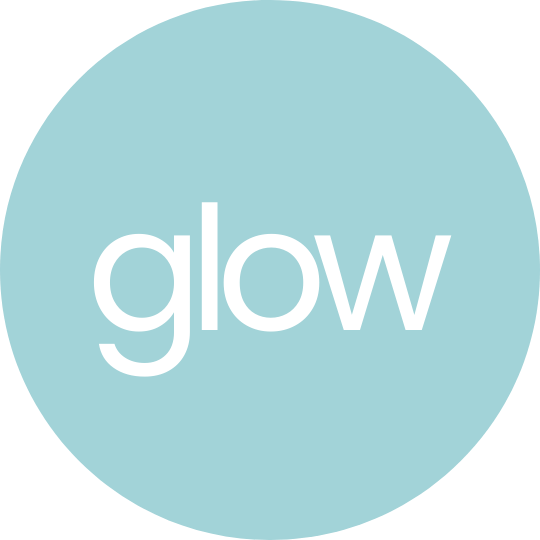What are Facial Telangiectasias?
Facial Telangiectasias are broken or dilated blood vessels or capillaries that are commonly found on the face, nose, chin, and cheek. Telangiectasias can also be found on the other parts of the body such as the legs, chest, back, arms, legs, and lower extremities. These facial vessels are typically smaller than a millimeter in diameter and are red to bluish in color. They are superficially located underneath the skin and are considered vascular lesions that are usually benign. However, there are some underlying autoimmune diseases that are associated with telengiectasias, so please consult with a board certified dermatologist to further diagnose any underlying conditions.
What causes facial telangiectasias?
There are several factors which contribute to the development of facial vessels. The most common factors for telangiectasias are the following: genetics, prolonged sun and wind exposure, medications that can dilate vessels, pregnancy, excessive alcohol use, trauma to the skin, surgical incisions, and acne.
Glow Medical Spa offers the Lumenis VersaPulse Laser therapy to treat and manage superficial facial telangiectasia.
The VersaPulse laser has proven to be the gold standard to safely treat vascular lesions of the face while minimizing damage to any surrounding tissue.
The Lumenis VersaPulse Laser safely incorporates a specific beam of light, 532nm, that targets the telangiectasia, redness, and vascular lesions underneath the skin.
The VersaPulse laser is designed to treat various types facial vessels and vascular lesions called facial telangectasia. One of the specific wavelengths of light to target oxyhemoglobin is the 532nm which is a wavelength offered by the VersaPulse laser. This 532nm wavelength precisely targets these vessels with heat- energy. The targeted oxyhemoglobin (red blood cells) inside the visibly broken capillaries absorb the laser’s energy and are heated up, coagulated, or closed down. This process is called photothermolysis.
As a result of this light-based energy exchange between the laser and capillary, many patients will experience clearance of the telangiectasias on the face, nose, chin, and forehead within hours of the initial treatment. In addition, the thermal effect of the VersaPulse laser on the skin causes the body’s immune response to send scavenger cells, macrophages, to the treatment site. Therefore, over a period of 3 to 6 weeks, these macrophages work to absorb the treated capillaries, reducing the vascular lesions or facial telangiectasia. Depending on the severity of these broken vessels, a series of 3 to 4 VersaPulse treatments are recommended.
Glow Medical Spa has one of the most experienced laser technicians in the Southeast, John Seal, who is experienced in the management of facial telangiectasia utilizing the VersaPulse Laser.
John Seal is a laser technician with over 14 years of clinical experience using the VersaPulse laser’s 532nm wavelength of light to treat the a variety of vascular conditions such as facial vessels or facial telangiectasia. These VersaPulse treatments are clinically proven to reasonably reduce the visible signs of broken capillaries that are commonly associated with Telangiectasia. To find out if the VersaPulse laser is an appropriate treatment option for you, click here to contact us and schedule a complimentary consultation.
The fee for the VersaPulse laser is based on how severe your facial telangiectasia is. During your complimentary consultation we will work to determine which VersaPulse option is best suited for your medical needs.
The VersaPulse laser utilizes a patented Chill-tip technology where the skin is continuously cooled during the treatment session
The patented Chill-tip is only available on the VersaPulse laser system which makes the treatment therapeutic, as well as safe, because more energy can be delivered to the targeted telangiectasias without injuring the surrounding, healthy, non-vascularized skin cells. This unique chill-tip also makes the VersaPulse laser treatment much more tolerable and less painful.
Does the VersaPulse laser treatment for facial telangiectasia hurt?
The VersaPulse laser feels like a rubber-band snap, a tiny pin prick, and/or slight stinging sensation. However, the more dense the vascular structure is, the more discomfort a patient will feel during the laser treatment. Most patients experience less pain with each additional VersaPulse laser treatment because there are fewer facial telangiectasias present underneath the skin. In short, less red targets equals less pain.
Am I a good candidiate for Lumenis VersaPulse laser for facial telangiectasia?
At Glow Medical Spa a consultation with one of our licensed practitioners is the appropriate step towards reducing the vascular lesions present in your skin such as facial telangiectasia. If it is determined that you are a safe candidate to undergo VersaPulse laser therapy, an appointment will be scheduled with VersaPulse laser technician, John Seal. What are the side effects of a Lumenis VersaPulse laser treatment for Facial Telangiectasia?
Redness and Swelling: It is very common and should be expected that redness (erythema) and swelling (edema) will occur directly following a VersaPulse laser treatment for facial telangiectasia. The length or duration of erythema and edama varies for each patient, but it can last from several hours to several days following the VersaPulse Laser treatment. We will advise you how to manage these symptoms. Common therapies to manage erythema and edema are the use of localized cold compresses, topical creams, and oral anti-histamines. In rare cases, oral steroids are prescribed.
Scabbing and blistering: The VersaPulse laser is heating up targeted sites underneath the skin. Therefore, there is a chance some scabbing or blistering may occur, though usually very rare. The VersaPulse is designed to have variable settings along with the patented chill-tip technology that drastically reduces the chances of scabbing and/or blistering. In rare cases, if a scab or blister occurs, anti-biotic ointment such as Bacitracin, Polysporin, or the use of non-medicated ointments such as Vaseline, Vanicream, or Aquaphor are used to keep the area moist.
Hypo-pigmentation and/or hyper-pigmentation: Hypo-pigmentation is where the skin’s melanin is affected by the heat of the laser and there is a reduction in the melanocytes present in the skin. This causes the skin to appear splotchy with areas of lightened tissue. Hyper-pigmentation is where the skin’s melanin is also affected by the heat from the laser, but with the opposite reaction — the melanocytes are stimulated and the skin becomes splotchy with deposited dark pigment. Both conditions are usually preventable with proper laser setting protocols and strict, post-operative patient compliance regarding sun exposure and proper wound care.
Avoid the sun: Following any type of laser procedure, especially a VersaPulse laser treatment for facial telangiectasia, strict sun avoidance is mandated. It is very important to use sun blocks several weeks prior to and after ALL VersaPulse laser treatments. Not all sunblocks are created equal, so please ask your practitioner which sun block to use. Prolonged periods of sun exposure on areas where a laser’s energy has been transmitted onto the skin can create hypo- or hyper-pigmentation. This lightening are darkening of the skin can be greatly minimized if proper sun protection is used daily for several weeks following the VersaPulse treatment.
Sensitive skin: Patents with telangiectasia often have very sensitive skin even without extraneous factors such as heat from a VersaPulse laser treatment. In short, one can and should expect the skin to be very sensitive for several days to a week following laser treatments to the affected areas.
Itching: Itching has been reported following VersaPulse treatments. Topical anti-itch creams can be used, but consult your provider regarding any concerns for itching.






